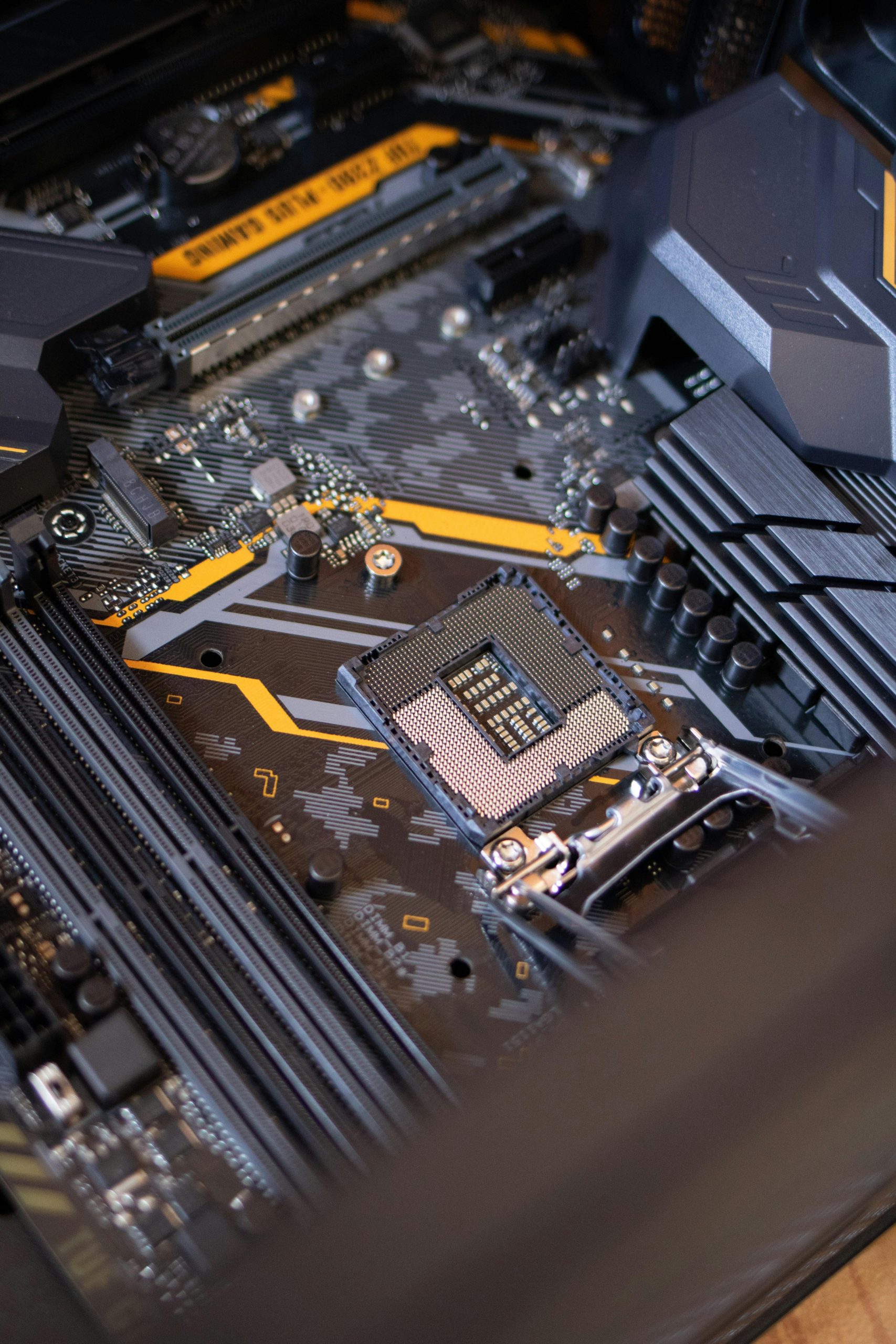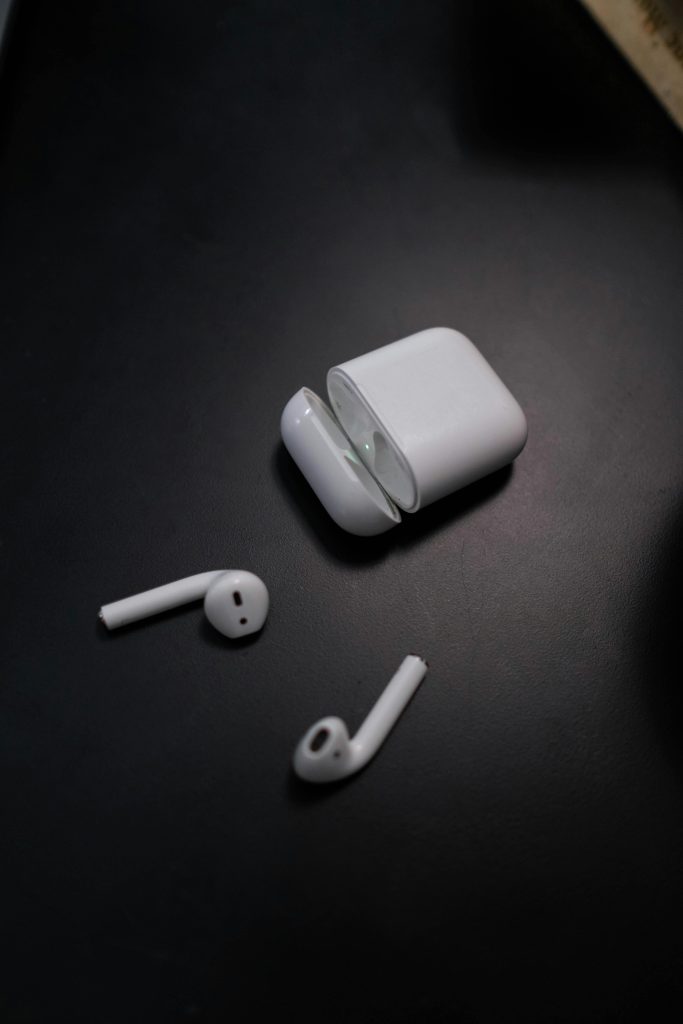Understanding and Troubleshooting Unexpected Blue Screen Crashes During Idle on Your PC
Introduction
Experiencing system instability can be a frustrating ordeal, especially when your PC crashes unexpectedly during periods of idleness. If your machine exhibits blue screen errors (BSOD) when not under load — even after hardware replacements — it’s essential to approach the problem systematically. This guide aims to help you understand potential causes and suggest effective troubleshooting steps to resolve such issues.
Common Scenario: Crashes When Idle, Stable Under Load
Some users observe that their PCs run smoothly during gaming or intensive tasks but encounter blue screens during simple activities like browsing or watching videos. This paradox hints at underlying issues that are not directly related to hardware performance under stress but possibly related to system stability during low activity periods.
Key Steps Already Taken
In similar cases, users often undertake initial troubleshooting steps, including:
- Reinstalling the operating system to rule out software corruption
- Updating all device drivers, including graphics, chipset, and peripheral drivers
- Monitoring system temperatures to ensure cooling is adequate
- Running memory diagnostics to identify RAM errors
- Scanning for malware or malicious software
These steps are foundational and help eliminate common software and hardware causes.
Persistent Problems Despite Hardware Replacement
Replacing components like the motherboard can sometimes resolve initial issues, especially if the original was faulty. However, if the problem persists, it suggests that underlying causes may lie elsewhere — possibly within remaining hardware elements, driver configurations, or system settings.
Potential Areas to Investigate Further
-
Power Management Settings
Often, power saving features can cause system instability. Check Windows power plan settings and disable features such as PCIe Link State Power Management or USB selective suspend to see if stability improves. -
BIOS/UEFI Settings
Ensure your BIOS is updated to the latest version. Reset BIOS to default settings to eliminate misconfigured options. Double-check for settings related to CPU power management, C-states, and XMP profiles for RAM. -
Driver Compatibility & Conflicts
Even with updated drivers, conflicts can occur. Use tools like Driver Verifier (built into Windows) to identify problematic drivers. Review Windows Event Viewer logs around the time of crashes for hints about the culprit. -
Hardware Integrity Beyond Motherboard
Test individual components like RAM using MemTest86 in a bootable environment. Also, verify the health of storage drives (SSD/HDD) using diagnostic tools provided by the manufacturer.
5
Share this content:



